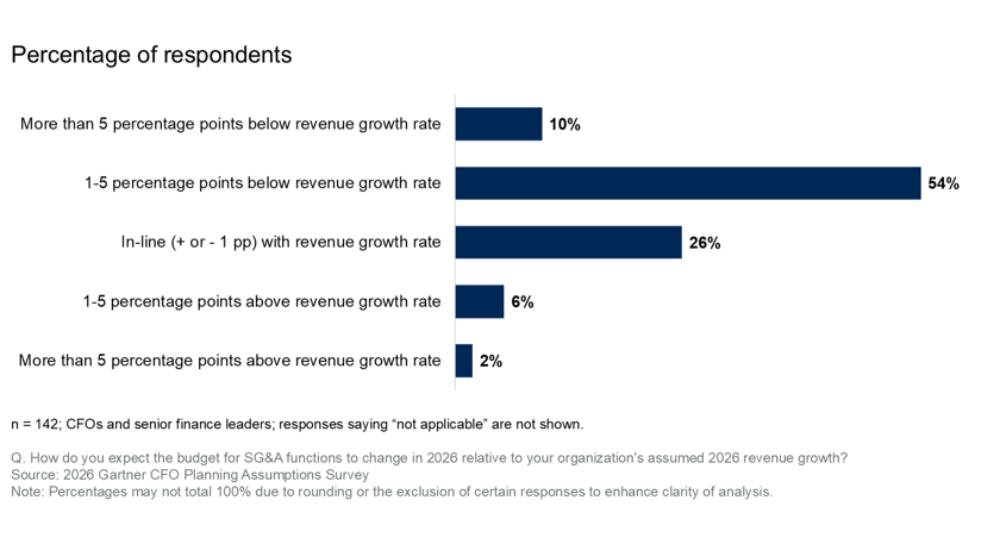According to the World Economic Forum report, digital transformation in the oil and gas industry could unlock approximately $1.6 trillion of value for the industry, its customers and wider society while creating around $1 trillion of value for oil and gas firms. Given the increased volatility and expectation of a lower crude oil price environment, companies are accelerating their digital transformation initiatives as a means to reduce operational costs and gain competitive advantage amid market chaos. The drive towards digitalisation has gained further momentum through the adoption of the Industrial Internet of Things which provides a missing link that moves hydrocarbon industries to a new level of connectivity.
The journey begins with data
All industries are embracing technology to reshape their operating landscape and reap the benefits of improved productivity, higher efficiency, and increased cost savings. The Oil and Gas industry is not a stranger to this and is progressing towards digital maturity.
Data is the foundation of every analytics and machine learning application. Data is the raw material that feeds into analytics and AI and, in turn, enables data modelling to optimise process, to predict machine failures before they happen and to support decision making. Tagging operating assets with low quality and noisy data at the start of the process is likely to generate inferior or inaccurate results at downstream, reducing the value that can be extracted from the data. Therefore, ensuring robust technology infrastructure to store, manage and contextualise data is a first step towards execution of Digital Transformation initiatives.
Getting design right first time is simply unrealistic and not achievable in most cases as this ideology does not have the flexibility needed to cope with client, legal, contractor and environmental changes which influence scope changes throughout the project. Evolutionary design requires the design process to be adaptable to change and should be allowed to cycle through alternatives as quickly as possible until its most ideal form is achieved.
Improvement in project performance lies in the ability to manage the design spiral effectively to reduce iterations and enable better communications between designers and constructors. This requires a collaborative digital environment that enables all the engineering and design disciplines to respond to multi-discipline changes in an ordered and organised manner. As design information is created, it needs to be shared across other design disciplines and across contractual boundaries to make sure that the project progresses to schedule.
Integrated petrochemical production networks are highly complex and difficult to visualise for planning and operations. While at the same time, increasing volatility of supply and demand in feedstock enables opportunities for margin improvement. Through digital transformation, business units that have historically been disconnected silos can connect in real time to create a unified supply chain model that maximises profitability by taking advantage of data between real-time economic and market data sources and current plant and production status data.
Through digital transformation oil and gas producers can explore opportunities, reduce operational risk and shrink the gap between plan and actual results. Product value streams can be maximised within the petrochemical value chain through a site wide planning model. Optimal feedstocks can be selected based on real-time economic data to maximise margin. And maintenance costs can be reduced through optimised part inventory and the combination of multiple logistics facilities into a single envelope. Digital transformation also offers opportunities to improve workforce training, productivity, safety and regulatory compliance.
Equally, reconciliation and back casting allows businesses to understand how and why deviations from plans occurred, enabling increased planning efficiency while making it easier to generate feasible and robust schedules that shrink the gap between planned and actual operations. The amount and accuracy of production information increases substantially, equipping users with tools and insights to go beyond basic data, Overall Equipment Effectiveness and lean manufacturing principles to discover the real metrics that are driving performance, availability and quality throughout all levels of supply chain management, planning and operations.
Unlocking hidden benefits
There are four key areas where digital transformation can enable oil and gas operations:
- Protect workforce and operations continuity: Safety is always the top priority in oil and gas operations. Now, the biggest threat to workforce safety and operations continuity is proximity to co-workers. Connecting an agile but remote workforce to perform digitally enabled tasks such as remote maintenance, engineering and operations is key to protecting teams’ safety and reducing the risk of outbreaks.
- Supply chain agility: A robust supply chain management cloud platform combined with real-time crude management tools enables rapid modelling of refinery production planning that reduces business risks while improving collaboration between globally dispersed teams.
- Operations agility: Process optimisation capabilities enable operations to respond to changes in feedstocks and product specifications as well as process performance and constraints based on first principles simulation techniques to maximise profits.
- Maintenance agility: Predictive analytics enables hydrocarbon producers and refiners to not only remotely monitor asset health but also improve asset reliability by providing early warning notification and diagnosis of equipment issues days, weeks, or months before failure.
Sustainable long-term results
True digital transformation platforms provide the ability to choose between deployment options including on premise, cloud or hybrid rollouts. Agility in procurement options allows enterprises to obtain the required tools through several options, including perpetual licensing or subscription-based services solutions for implementing technology on an as needed, staged approach help the enterprise reduce upfront costs and decrease time to value of new technology investments while accelerating a path toward increased profitability.
During a time of great uncertainty, digital transformation allows companies to provide stability, to create new capabilities and to innovate ahead of their competition. It is a journey through deployment of technology and driving behavioural change in workforce, changing when, where, which, and how work is performed and evolved. Making the transition successfully can be profoundly rewarding for companies.
Key takeaways
- Data is the foundation of every analytics and machine learning application.
- Improvement in project performance lies in the ability to manage the design spiral effectively to reduce iterations.
- Reconciliation and back casting allow businesses to understand how and why deviations from plans occurred.
- True digital transformation platforms provide the ability to choose between deployment options including on premise, cloud or hybrid rollouts.




